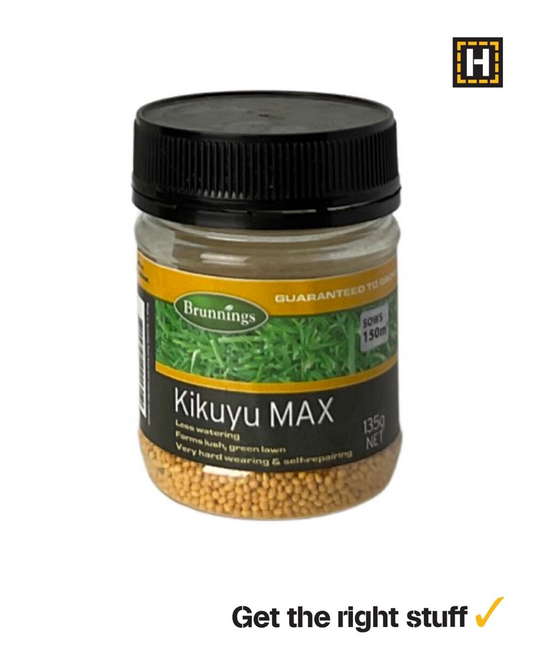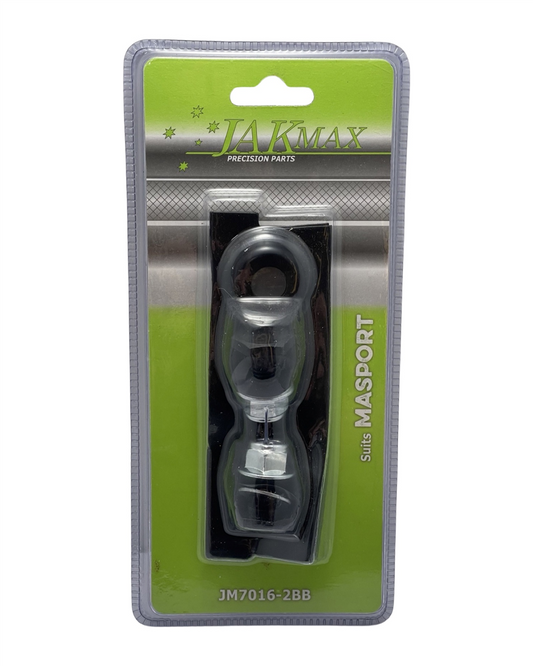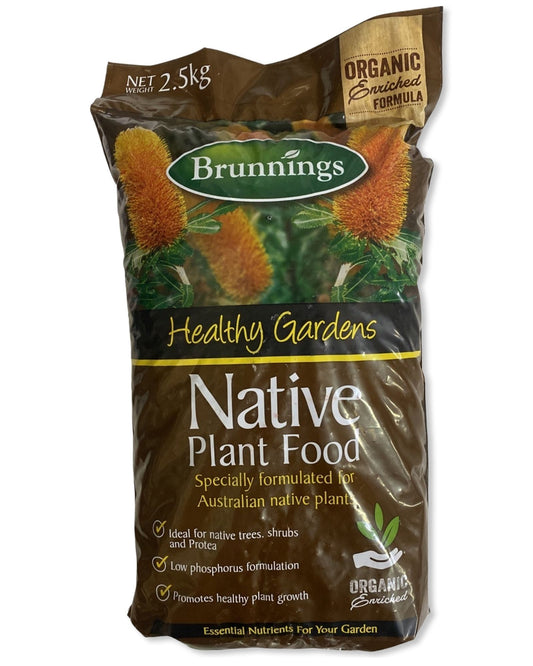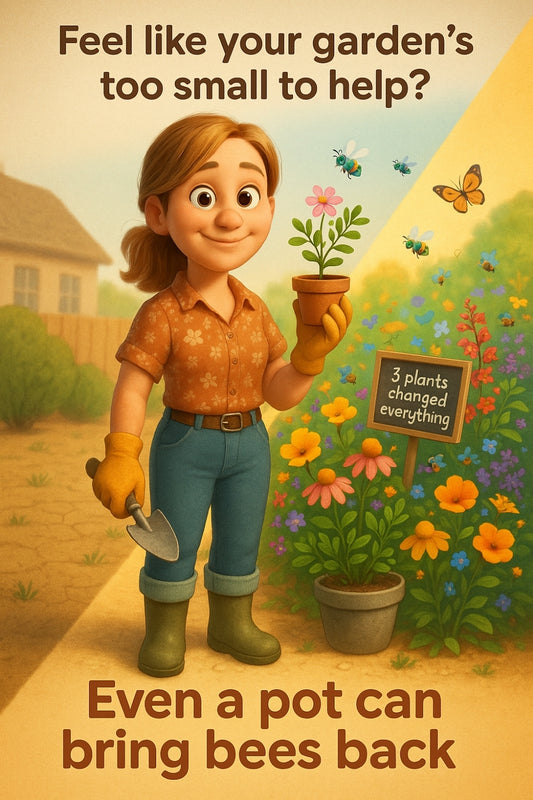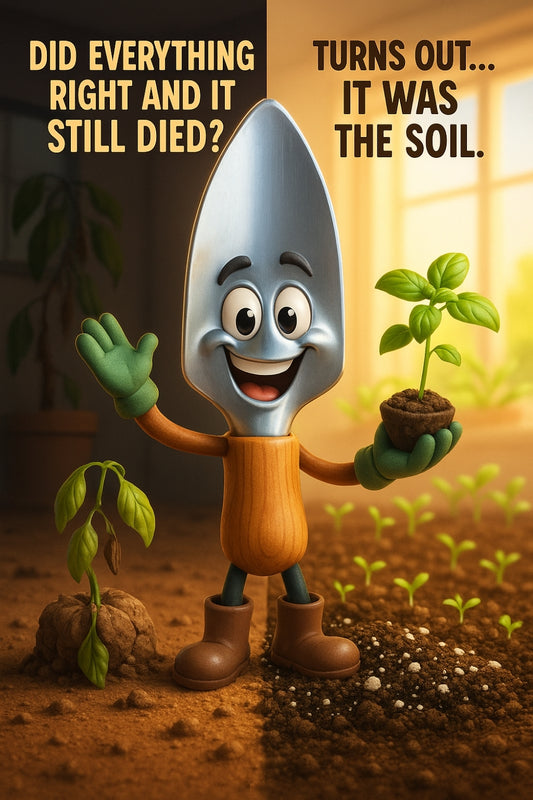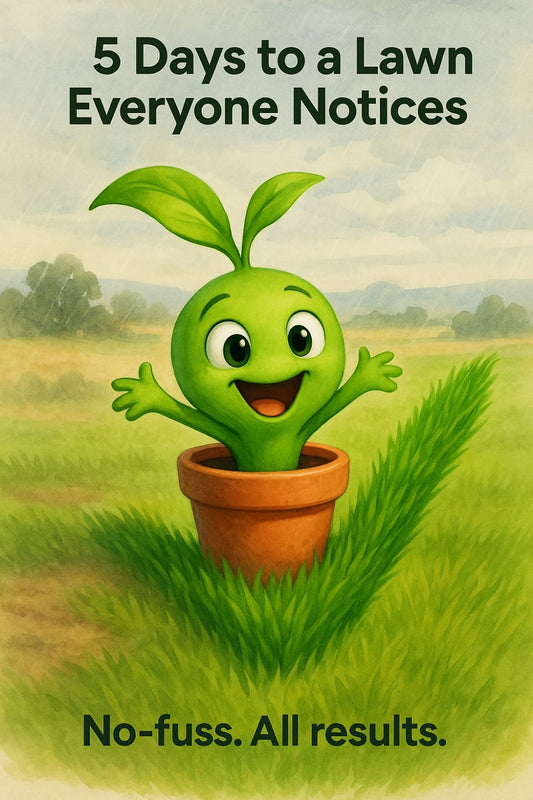NASA-backed trick for renters: plants that fight mould—while thriving in your darkest room
Share
Perfect Green Guests: Moisture-Absorbing Plants That Work Where the Sun Can’t
Not all houseplants need to bask in the sunlight—or hog the heater, for that matter. In fact, some gems practically thrive in forgotten corners while quietly slurping up excess dampness. If your bathroom walls sweat more than a tradie in summer or your laundry feels like a sauna in disguise, it might be time to enlist a few leafy allies.
You’ve seen it on Pinterest—lush, verdant bathrooms with plants trailing like jungle vines. What most don’t mention? Many of these plants serve more than just looks. They’re hardworking, air-purifying, moisture-absorbing beasts. The right ones can reduce mould growth, help balance humidity, and survive without five hours of sun a day.
“Think of them as your silent helpers—cleaning your air, calming your space, and quietly hustling moisture right out of the air,” says Candeece, local garden advisor at Strathalbyn.
So, Which Plants Pull Moisture Like a Pro?
Here’s a short list of lush legends that can handle both shade and steam without throwing a leafy tantrum:
- Boston Fern (Nephrolepis exaltata): A classic for a reason. Loves humidity, hates full sun. Give it a steamy bathroom and it’ll say thanks by soaking up moisture and improving your air quality.
- Peace Lily (Spathiphyllum): Handles low light like a boss and actively removes mould spores and other nasties. Easy to care for but dramatic when thirsty (the leaves droop, not the drama queen energy).
- Areca Palm: Not just a pretty frond. It can pump out moisture absorption while giving off serious tropical sanctuary vibes. Keep soil lightly moist, but don’t swamp it.
- Spider Plant (Chlorophytum comosum): Unfussy and undemanding. It’s a crowd favourite because it thrives on neglect and still helps absorb moisture—like a green miracle with legs.
- Tillandsia (Air Plants): No soil needed, loves humidity, and feeds off the moisture in the air. Seriously... how sci-fi is that? Tuck them into wall hangers or driftwood for max charm.
“Is This Just a Trend, or Do They Really Work?”
It’s more than aesthetic. A NASA Clean Air study (yes, the same folks who send astronauts to space) showed that indoor plants can reduce airborne toxins and regulate humidity. Add to that local success stories—like one customer who went from dank rental bathroom to fresh-scented retreat just by popping in a Peace Lily—and you get the picture.
“I didn’t know my laundry even could stop smelling musty until I added a fern and a spider plant,” a happy local shared in-store.
How to Keep These Heroes Happy
If your plant’s gonna hustle for you, you owe it a little TLC in return. Start simple:
- Rotate them occasionally to avoid one-sided growth—even if they’re not sun-hungry, they’ll lean toward any light.
- Wipe down leaves monthly to remove dust. Moisture-absorbing magic happens through leaves, not spells.
- Water less than you think—a lot of these plants drink from the air, not just dirt.
- Use well-draining pots and watch for root rot in wetter rooms.
And remember, even low-maintenance plants love a bit of conversation. (Or at least, a quiet moment of praise when you’re brushing your teeth.)
The Real Transformation: Less Damp, More Calm
Back when indoor plants were more decoration than design solution, we battled mould with sprays and open windows. Now, we’ve clocked on. The right plants do more than sit pretty—they shift the energy in a space. Less damp. Less stress. More calm. More pride.
And who doesn’t want that?
You don’t need a jungle overnight, just one good plant placed well. One small change, and suddenly you’re breathing easier—literally and emotionally.
Happy greening,
Candeece 🌿
 Stay Connected
Stay Connected
Join our gardening community on Facebook: Urban Gardener's Notebook
And follow our Store Facebook Page: Strathalbyn H Hardware on Facebook


